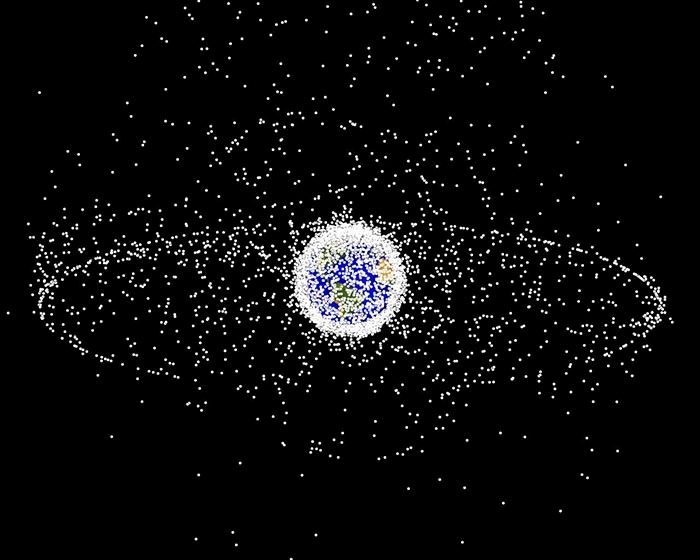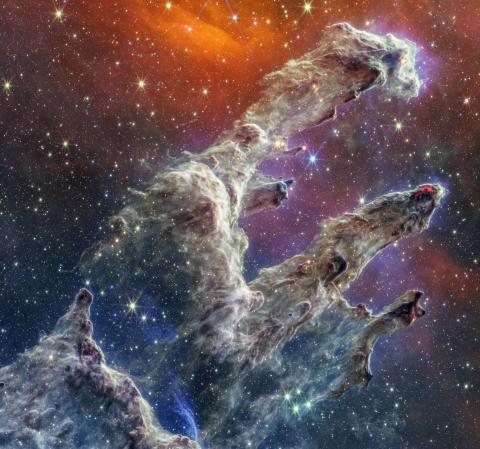The increase in emissions could halve the maximum limit of satellites that orbit the Earth safely
The maximum number of artificial satellites that can safely orbit the Earth could be reduced due to the increase in greenhouse gas emissions of human origin, according to a modelling study. The increase in these gases may result in a reduction in the density of the planet's orbital space. Between 2000 and 2100, the carrying capacity of satellites between 200 and 1,000 kilometres altitude could be reduced by between 50 and 66%, estimates the study published in Nature Sustainability.

Olga Zamora - satélites CO2 EN
Olga Zamora
Support astronomer at the Canary Islands Institute of Astrophysics
This study shows the impact of the increase in greenhouse gases, such as CO2, and their possible expected trends in the year 2100 (due to climate change) on the capacity to sustainably house satellites in low Earth orbit. Instantaneous Kessler capacity (IKC) is introduced as the number of characteristic satellites that can be placed in a given altitude range while avoiding an unstable growth of space debris. The conclusions are supported by solid data and methods and the main novelty is that the calculations are based on analytical formulations, instead of Monte Carlo simulations used in previous works, making them more robust. The main limitation of the work is that collision avoidance manoeuvres between satellites are not taken into account in the calculations.
Personally, I find the article interesting because it shows the interaction of two unexpected aspects of the development of human civilisation: climate change and the possible catastrophic events due to an excessive proliferation of satellites and space debris in low Earth orbit. By the year 2100, using the worst greenhouse gas emission model, the number of satellites that can be accommodated in low Earth orbit would be reduced by 50-60% (also depending on solar activity). Furthermore, two of the outermost layers of the atmosphere (the mesosphere, 50-85 km, and the thermosphere, 85-600 km) would cool and contract, causing satellites to ‘de-orbit’ due to friction, increasing the rate of space debris. I believe that the greatest lesson provided by the article by William Parker and collaborators is that sustainable policies must be applied to every aspect of human activity, from reducing greenhouse gas emissions to avoiding the unnecessary proliferation of mega-constellations of satellites.
William E. Parker et al.
- Research article
- Peer reviewed
- Modelling



